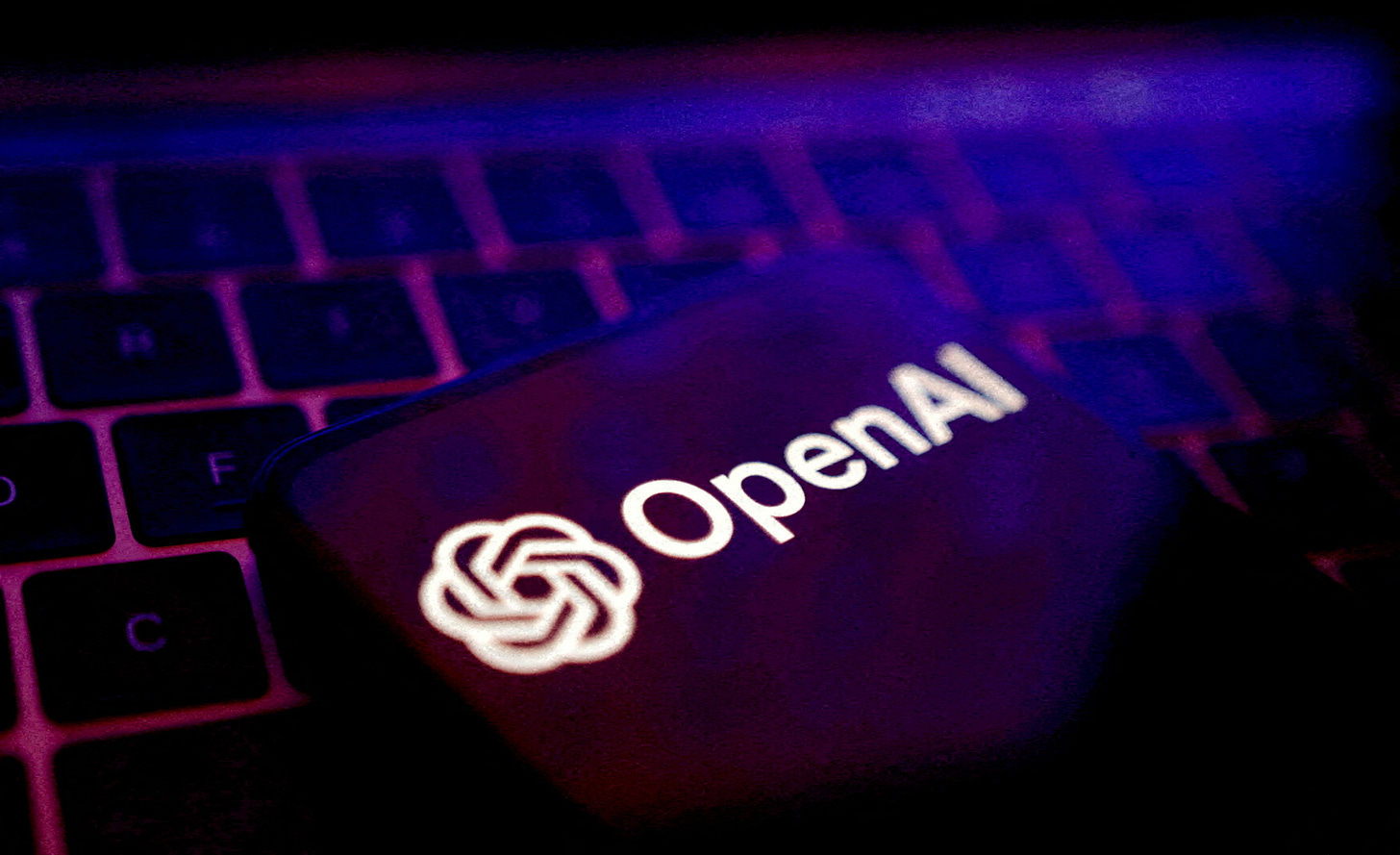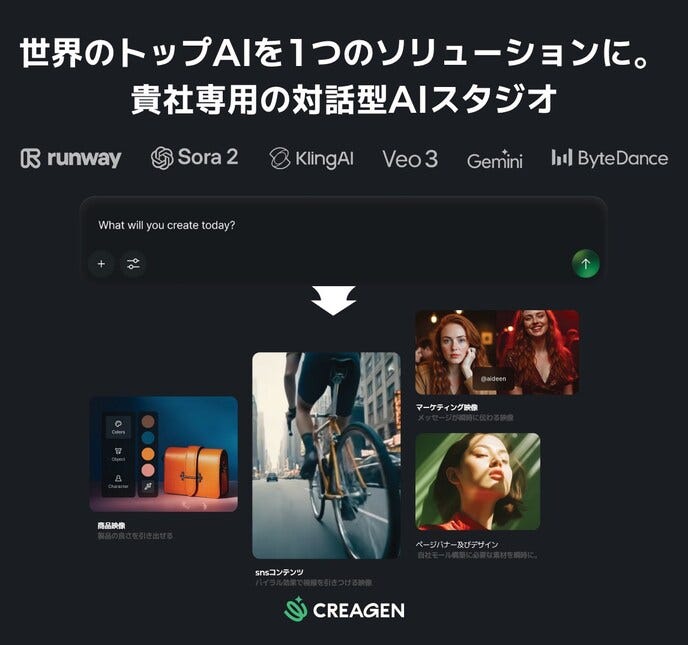The Consumer-AI Wave Hits the Checkout Lane.
PLUS: Tool of the day: a no-code assistant turning product-discovery into chat.
Start every workday smarter. Spot AI opportunities faster. Become the go-to person on your team for what’s next.
📅 November 11, 2025 | ⏱️ 4-min read
AI is no longer hiding behind dashboards or data models — it’s showing up in everyday products. The shopping cart, the bathroom shelf, the wellness app — all are becoming smarter, faster, and more personal. That’s the signal this week: AI is stepping out of the lab and into the hands of consumers. And it’s forcing every brand to decide whether it wants to build with intelligence or compete against it.
Let’s jump in.
🧠 Walmart debuts AI-shopping tools for the holiday season
Walmart is rolling out several “AI-powered shopping experiences” for both its app and in-store customers, including smarter search, aisle navigation, wish-list conversion and personalised savings.
This changes how product adoption and purchase flows will operate: shopping becomes less about browsing and more about conversation, reducing friction for consumers and doubling down on convenience as a differentiator.
💡 Unilever applies AI across its personal-care products
Unilever reports that AI tools helped deliver an 8 % increase in equipment effectiveness and 20 % reduction in wastage in its factory in China, while its “Change the Compliment” campaign (Dove-branded) hit 700 million impressions in under 30 days with 94 % positive sentiment.
For consumer products companies, this signals that AI isn’t just for R&D labs — it’s shifting how innovations reach the shelf, how marketing is activated, and how value still flows back to consumers via better experiences and faster time-to-market.
🤖 TRMNL4 & Inworld AI launch an equity-free accelerator focused on consumer AI products
They’ve created a 6-week programme for startups building consumer-facing AI apps (apps, voice agents, media) with no equity taken. This is important: it means the product landscape is expanding not just by big brands but by nimble creators.
For CX leaders, that means more competitive pressure — the consumer will expect seamless AI-driven interaction not only in big-brand contexts but in niche, bespoke products too.
📱 OpenAI explores consumer health tools as its next move
OpenAI is reportedly considering building a generative-AI personal health assistant and other consumer-health products beyond its core chat offerings.
Why consumer health matters: it’s a high-trust, high-emotion domain. If AI makes inroads here with direct-to-consumer products, brands outside traditional tech will need to rethink how “product” and “service” blur in consumer experiences.
🛠️ Tool of the Day: CREAGEN
From Japan’s VCAT AI Corp., CREAGEN is a conversational AI platform that lets brands and creators generate high-quality visuals and videos through natural language chat commands.
For product teams this means: faster creative cycles, more content variants, more modular product marketing visuals — you could imagine a CPG brand launching dozens of micro-videos per SKU in days, not weeks.
📊 DCX AI Data Stat
According to the Consumer AI Accelerator announcement, the global consumer AI market size was valued at USD 92.24 billion in 2024, projected to reach USD 674.49 billion by 2030.
The takeaway: if you’re in a consumer product or service business and you haven’t mapped how AI influences your value-chain (design, manufacturing, marketing, experience), you’re essentially opting-out of a major shift.
Your 1-Minute Action Plan ⚡
Pick one consumer-product line in your organisation. Map three places where AI could enhance discovery, usage or support (e.g., smart companion, digital visuals, voice assistant). Assign a small cross-functional team and aim for a low-risk prototype within the next 60 days.
Report back.
See you tomorrow — Mark








